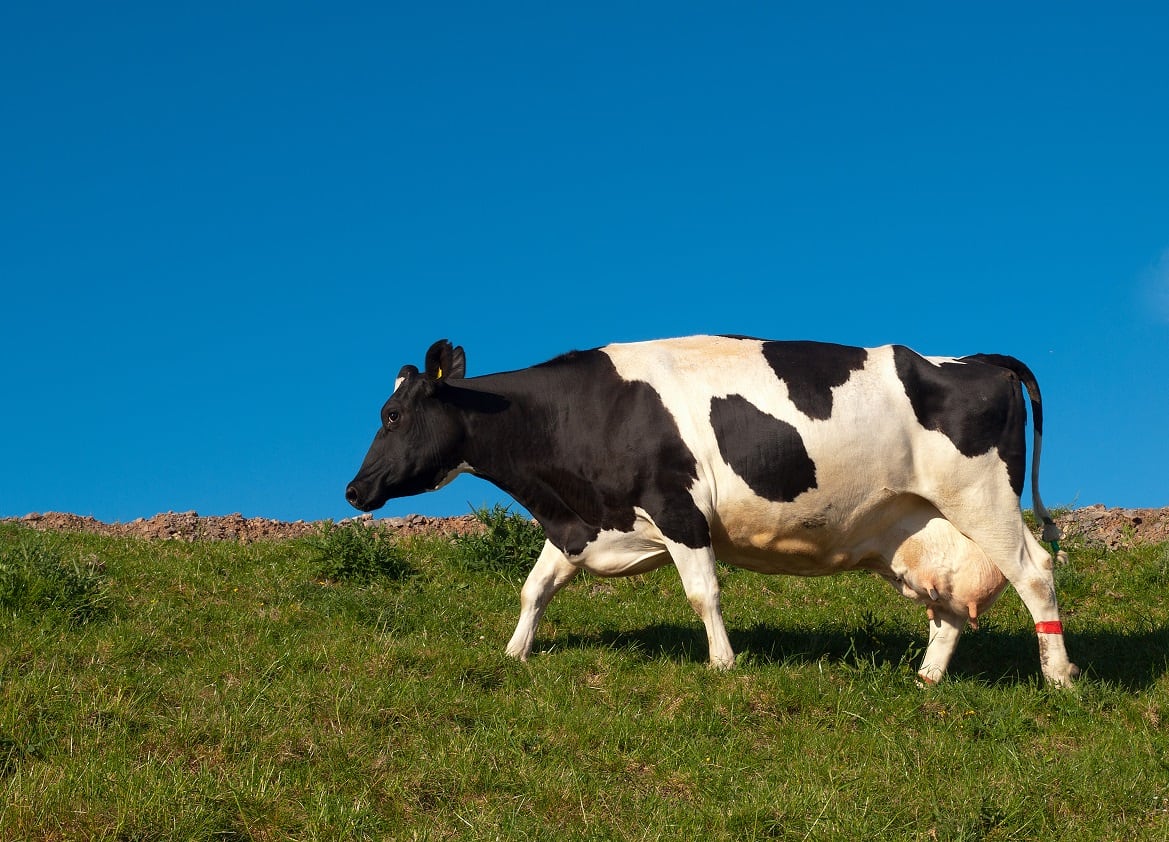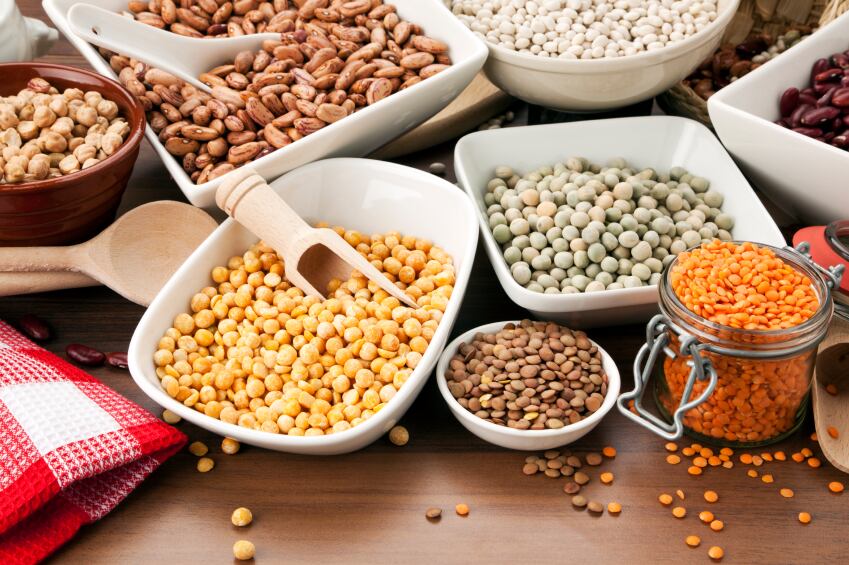It’s becoming harder to ignore the mounting body of research extolling the health benefits of a vegan or vegetarian diet (lower BMI, increased fiber intake, and lower risk of cardiovascular disease, cancer and diabetes). Not only that, but vegans and vegetarians emit vastly lower levels of greenhouse gases than non-vegetarians (41.7% lower for vegans, 27.8% lower for lacto-ovo vegetarians).
Joan Sabaté, professor in the Department of Nutrition at Loma Linda University, argues that the industrialization of agriculture has resulted in a highly inefficient form of food production.
“In traditional farming methods that used to be in most western countries 200 years ago, in which the farm combines animals with different crops, the manure is used to fertilize the feed, and so on—there was a synergy between the crops and animals,” he said. “Our current system is very different. Nowadays, we have a monoculture in which one farm only produces corn, another soy, another nuts, and so on. The same goes for animal farms. They source corn and soy from thousands of miles away, produce milk or meat and then dispose of the manure. This decoupling of agricultural systems creates big ecological problems and highly inefficient systems.”
Indeed, the energy input versus energy output of meat production versus plant production is notable, as meat production generates comparatively low outputs of nutrients and energy. “Although some animal production involves using land unsuitable for crop production to graze animals, this represents a very small percentage of the market, though it's quite efficient," Dr. Sabaté noted. “A much larger percentage is produced in way I described. This system is inefficient by nature and it is the way it has become in industrial agriculture.”

Sustainability much more complex than carbon footprints
Greg Miller, executive vice president of the National Dairy Council, argued that a sustainable food system can and should include dairy products (they currently account for 2.7% of global GHG emissions, compared to 14.5% for the livestock industry), noting that the concept of sustainability is much broader than environmental impact.
“Many of those making recommendations to change our diets to be more environmentally sound have a narrow view of sustainability,” he told FoodNavigator-USA. “They’re focused on one component, such as GHG emissions or water. The (Food and Agricultural Organization’s) definition of what a sustainable and healthy diet is encompasses water, carbon emissions, biodiversity, affordability, cultural sensitivity—in short, it’s really complex.”
Dr. Miller also pointed out that roughly 75% of what we feed cattle in us is “stuff humans can’t consume. They’re great converters of plant production byproducts and other things we can’t consume into high quality protein.”
People who regularly consume dairy also have a lower risk of type 2 diabetes, better blood pressure and better bone health—all factors that could reduce healthcare costs over time. It’s also a complete source of protein, making it a more efficient way to get all the essential amino acids.
“While it’s possible to eat well and blend different plant protein sources to ensure you’re getting all amnio acids, you’re looking at people having to understand how to achieve a balance over time. The average person would struggle to understand mixing plant proteins to get amino acids they need.”

Make the industry more efficient or change the food produced
When it comes to making global food systems more sustainable, Dr. Sabaté outlines two paths for improvement: “One is to make system more efficient, say through improved technology usual [e.g. rechanneling GHG emissions underground or improving irrigation], but keeping business as usual,” he said. “Another way is to change the food we produce.”
Dr. Miller says the dairy industry has done a great job over the last 50 years of significantly reducing its carbon footprint. “Our industry is probably leading in agriculture in terms of efforts to reduce our carbon footprint. We use less land and produce less GHG. I’m proud because they haven’t stopped. We have set up a sustainability council and are continuing to look at how to improve production across the food chain.”
‘Utopian’ trajectory for decline in meat consumption likened to tobacco industry
But Dr. Sabaté challenged the first option with a “bold,” market-driven alternative. “If demand is changed at the hands of consumers, theoretically, production will change,” he said. “If everybody dramatically reduced or stopped buying meat at the supermarket, in less than a year, meat production will decrease dramatically. Of all agricultural GHG emissions, 80% is due to livestock. If overnight this disappeared, we would have an 80% reduction in emissions.”
He admitted that such a dramatic goal is somewhat “utopian,” but he likened it to the trajectory of policy on tobacco over the past 50 years.
“Fifty years ago, more than half of the male US population were smokers, now it’s less than 17%. Fifty years of policies have changed consumption. If we tackle this issue the same way that tobacco was tackled some years ago, maybe the next generation will eat less meat and use less animal products than now.”
Still, as rising GDP in places like China and India has led to an increase in animal protein consumption, such a shift in the eating habits of the middle and upper classes appears to be an even taller order. That’s why it has to begin at home, Dr. Sabaté said.
“Unless we in the United States and Western Europe start making policy for population to reduce meat consumption, the idea that being wealthy and being fashionable is not eating meat but to be plant-based, maybe in 50 years, the upper classes middle in other countries will follow the example.”
But Dr. Miller maintains a more cautionary point of view when it comes to making recommendations about consumption. “We need more science, more information and a more complete picture before we start making policy and recommendations. People want to simplify what’s complicated and move forward.”
For more on plant-based diets:
